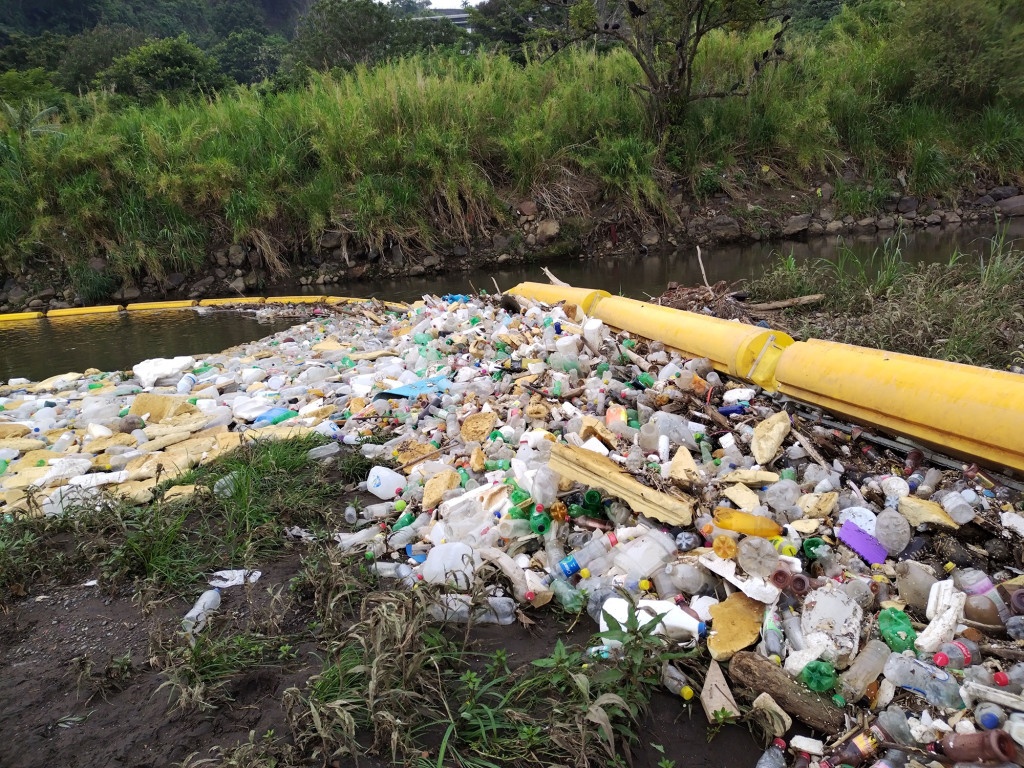In a significant environmental achievement, Costa Rica has successfully recovered one ton of plastic waste from the Virilla River, thanks to the strategic placement of floating waste collection fences. This innovative approach not only recovered substantial plastic debris but also prevented an additional ton from reaching the Pacific Ocean, marking a crucial step in protecting both local ecosystems and broader marine environments.
Costa Rica’s Commitment to Environmental Conservation
The initiative, part of the broader “Plastic Free Landscapes” project, aligns with Goal 17 of the Sustainable Development Goals (SDGs), which emphasizes partnerships to achieve global objectives by 2030. José Vicente Troya Rodríguez, the UNDP Resident Representative in Costa Rica, highlighted the project’s significant impact on reducing pollution in one of the nation’s most contaminated rivers. By intercepting floating waste, these efforts not only cleanse the Virilla but also safeguard the Pacific coast from further environmental degradation.
Innovative Waste Management Solutions
The floating fences are installed at critical points along the river known for high levels of pollution. These barriers are designed to maximize waste collection, especially during the rainy season when runoff is most significant. The design considerations ensure minimal impact on aquatic life while enhancing the overall health of the river downstream. This setup represents a sustainable investment that yields long-term benefits for the waterways and the communities that depend on them.
David Zamora, Commercial Director of CRDC-PEDREGAL, shared insights into the lifecycle of the recovered waste. Instead of contributing to river pollution or landfill accumulation, the collected plastic waste is transformed into RESIN8. This synthetic sand is utilized in construction projects, offering a sustainable and innovative solution to manage waste materials effectively.
Expanding Impact Through Collaboration
The success of the Virilla River project is a testament to the power of collaboration. Partnerships with organizations such as CRDC PEDREGAL, Canal 7, Delfino CR, OneSea, the Transition to an Urban Green Economy project, OTS, Consumo 180, and the UNDP have been instrumental in these efforts. By pooling resources and expertise, these entities have created a robust model for environmental stewardship that can be replicated in other polluted waterways.
Leaders of the project advocate for the expansion of these efforts to other identified pollution hotspots, suggesting that similar strategies could significantly benefit national ecosystems and marine health across the country. The recovery and repurposing of one ton of plastic waste from the Virilla River are presented as a compelling call to action for various sectors, including industry, commerce, government institutions, local governments, academia, civil society, and the general population.
Addressing the Challenges of Waste Management
Juan Carlos Piñar, coordinator of the Plastic-free Landscapes Project, pointed out the broader challenges associated with waste management. Inadequate domestic waste management practices, coupled with insufficient infrastructure for recovery, recycling, and disposal, contribute significantly to environmental pollution. This initiative not only addresses these issues at the source but also provides a scalable model that highlights the importance of integrated waste management systems.
Costa Rica’s proactive approach to managing riverine plastic waste through innovative technology and strong partnerships offers a hopeful glimpse into the potential for global environmental change. As the world grapples with the escalating challenges of plastic pollution, the success of the Virilla River cleanup provides both inspiration and a blueprint for other nations to follow. By turning waste into valuable resources and fostering widespread collaboration, Costa Rica is setting a global standard in sustainable environmental practices.

